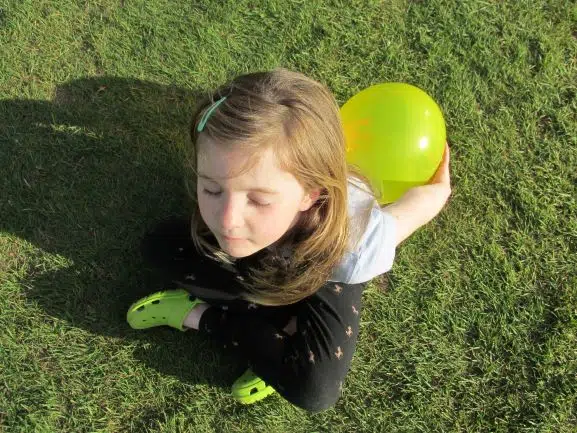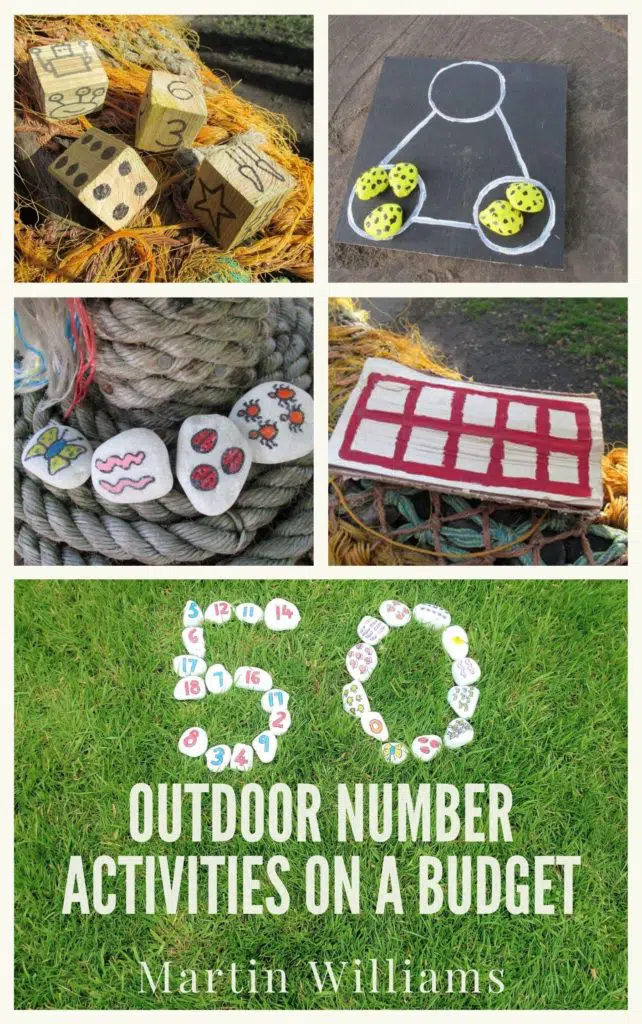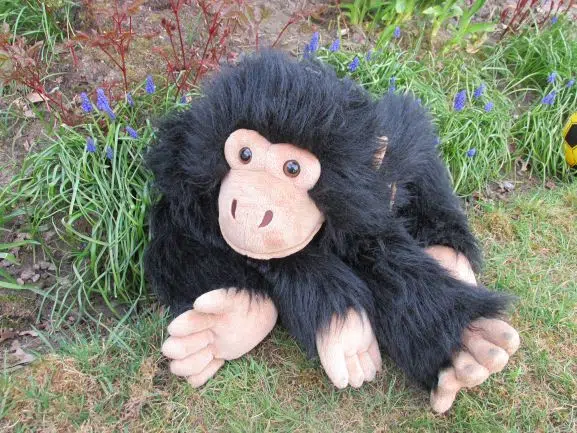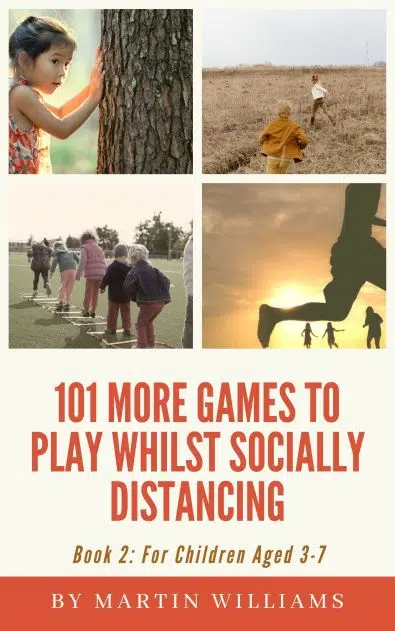Most children don’t learn to listen by sitting still. They need to be actively engaged, moving, and engrossed in something interesting.
All these factors will increase their listening abilities by an exponential amount.
Ever think that children have selective hearing? Or that they never hear if they’re not interested? Guess what – that’s exactly right.
Interest + action = listening.
But what are some of the best games active listening games?
I have taught children between the ages of 3 to 5 over the last ten years, and definitely my favourite active listening games (that I’ll expand on in this article) are the following:
- Elephants V Monkeys
- Animal Freeze
- Bob Up
- Bob Up Funky Moves
- Sheep And Shepherd
- Action Stories
- Hooray!/Boo!
- Wonky Donkey
- Bean Game
- Mr Men/Little Miss Game
- Musical Statues
- Pretend Video Game
- Musical Bumps
- Animal Music Statue Bumps
- Planes
- Transformers
- Train Driver
Remember the golden rules – get children moving and excited, and their listening skills will radically improve.
All of the following games will work brilliantly for children aged from about 3 to 6. You can do all of them with a group, a whole class, and lots will work with just one or two children if you are a parent.
OK, let’s dive into the games…

1. Elephants V Monkeys
This first listening game is an excellent physical activity that can be done either with a small group, or with a larger class.
First, split the children into two in some kind of way.
It may be a good idea for the children in one team to have some kind of bib or band of some sort that they put on. This is just to signify which team they are in (and will be a lifesaver if they all get confused).
Basically, the children in the bibs are going to move like elephants around a designated space, and the other half are going to move like monkeys.
You know the drill – long trunks and big ears for elephants, and general ‘monkey arms’ and beating their chests for the monkeys.
Move around for a while, before you call out ‘change.’ They swap roles – the monkeys becoming the elephants and vice versa. It’s as simple as that – keep going swapping about every twenty seconds or so.
If things are going well, you could extend it to different animal movements. For example, it could be:
i) Snakes and kangaroos (slithering and hopping)
ii) Mice and giraffes (crawling low versus stretching tall)
iii) Sloths and cheetahs (slow v speedy)
I think it helps to have two animals that are pretty diverse in their movements (such as they slovenly sloths, and those super-rapido cheetahs.)
Of course, the children could come up with their own ideas for the animals, and the more ownership you can give them in activities like this the better.
2. Animal Freeze
It’s a good idea for the adult to be ‘it’ in this game to start with, and the children can have a go of that role when they have lots of ideas.
This game is a bit like musical statues, but with the statues all looking different every time.
Put some music on, and the children all start dancing around.
When you stop the music, shout out an animal for them to freeze like. For example, you might shout out ‘tiger’. All the children do their best grizzly tiger pose, with bared teeth, claws and all the rest of it.
Put the music on, all dance again, and then freeze with a different animal position.
Some simple animals to start with are:
i) Elephant
ii) Monkey
iii) Horse
iv) Snake
v) Shark!
vi) T-Rex
Later on, transition to a child being ‘it.’
3. Bob Up
This is quite a well-known listening game that can be played with young children, but I have also seen it done with 8 to 10 year olds as well.
The basic idea is that to start with the children either sitting or standing in a group.
You ask them questions which might apply to them. For example, say something, ‘Bob up if you like cakes.’
If a child likes cakes, then they will stand up, and then sit back down (‘bob up’). That is pretty much all there is to it.
Some other questions could be on topics such as:
i) Likes
ii) Dislikes
iii) Things they have done
iv) Things they want to do
v) Questions about friends and family
‘Bob Up’ can be used as a discrete game on its own, but it is also very useful to ‘throw in’ to other activities or group-led times. You could, for example, read a page of a story, and then do a quick ‘bob up’ predicting what will happen next. E.g. ‘Bob up if you think the mouse is going to get eaten by the Gruffalo.’
For lots more sitting-down listening games for kids, then check my article out here.
4. Bob Up Funky Moves
This game combines the ‘Bob Up’ concept with ‘throwing some funky shapes’ as well.
You ask a question, but instead of ‘bobbing up’, the children will do some kind of pre-agreed movement instead. It might be a star-jump, for example.
Other things they could do include:
i) Jump up
ii) Run to a point and back
iii) Turn round twice
5. Sheep And Shepherd
This activity can be played as a whole group game, though I have usually played it as a pairs game.
To describe the pairs game first, all children get into twos, and one child will be the ‘sheep’ and one the ‘shepherd’. It is probably better to allocate this at the start, rather than having any fall-outs over who is who.
The sheep will stand with the shepherd a couple of metres behind them.
Now, quite simply, the shepherd is going to tell the sheep where to go, and the sheep is going to (hopefully) obey.
Typical instructions are things like, ‘Go forward,’ ‘Go backwards six steps’, ‘Go sideways nine paces,’ and all that kind of thing.
It’s a great game for counting steps and jumps, and just general 1 to 1 counting in general. If you want to find out lots more exciting simple outdoor number games, then did you know you can download my ebook ’50 Outdoor Number Activities On a Budget’ completely for free here.

That’s all there is to it! It’s a fun game of listening and following orders.
The group game is a bit more complicated. Have one shepherd and everyone else are the sheep.
Same again, the shepherd gives instructions, and the sheep obey. This time they will all be moving in and out of each other, and there is a lot more spatial awareness involved.
6. Action Stories
This is a nice active listening game, that combines storytelling and imagination as well.
You quite simply make up some kind of story, and the children try to act it out in some way, moving around a big space.
For example, ‘One day the giant came stamping out of his castle.’ The children stomp around, looking angry.
‘He saw a beautiful unicorn galloping towards him, and leaping over fences.’ They run around like leaping unicorns.
‘Suddenly a witch flew down on her broomstick, and put a terrible spell on the unicorn.’ Swoop around on broomsticks, and then fire your magic at the unicorn.
Keep going like this. If any of the children can offer their own ideas to add to the story, then brilliant! That is exactly what you want. If they can’t though, don’t worry. Just keep going. The listening and acting out the story is the important part.
7. Hurray/Boo!
This is another quite simple listening game, that is probably best led by the adult for optimal results when you start off.
The adult is going to say imaginary scenarios to the children that are either good or bad. If it’s something good the children cheer by going ‘hooray!’ and they throw their arms up as well. If it’s something bad, then they all go ‘boo!’ with thumbs down.
It works even better if you have some kind of puppet for this game, like this gorgeous monkey, for example:

So, the children sit in a socially distanced way, and the adult tells them things that have happened to the puppet.
An example might be, ‘Today Max The Monkey ate lots of delicious chocolates.’ Everyone cheers – ‘Hooray!’
Some good things could be:
i) Today Max found out he was a superhero with magic powers
ii) He got a lovely present from his brother
iii) His friend invited him to his party
Some bad things might be:
i) Today there is going to be a terrible storm where Max lives and he is scared
ii) The Second Little Pig, who is Max’s friend, had his stick house blown down today
iii) Max is feeling really upset today
Puppets really help bring storytelling and action games to life. Find out the ultimate 14 ways to use puppets for storytelling in this article.
8.Wonky Donkey
This is a really fun circle game.
The children sit in a circle, and choose one child to be the donkey. They sit in the middle of the circle and close their eyes (no cheating!).
The donkey holds a fake ‘tail’ in one hand that is draped over their shoulder. I normally use a small sheet. The one that I use looks magical and sparkly, like a magic donkey tail (woop!). However, any kind of pretend fabric tail is fine.
Now for the game. One child in the circle goes first. They sneak up on the ‘donkey’, hold their tail and shake it. Whilst they are doing this they say, ‘Wonky Donkey!’
Then they sneak back and sit down.
The donkey has three guesses as to who the child was that shook their tail.
This game is great for voice recognition. Can you recognize the voices of your friends?
You can make it harder by:
- Using a silly voice!
- Or sneaking round a different way to get back to your place
9. Bean Game
This is a really active listening game, that promotes lots of moving in different ways.
Basically the children are going to move like lots of different ‘beans’. The adult is going to call out the names of beans, and the children will move in a certain way.
The types of beans, and their movements are:
Runner bean – the children run around
Sprouting bean – walk on tip-toes, with arms high in the air
French bean – say ‘Bonjour!’
Jelly bean – wobble like a jelly
Baked bean – sit down
Beans on toast – lie down
Chilli bean – shiver!
Broad bean – put your arms out as wide as possible
I would start as easy as you can. I would introduce about three beans to start with, get them used to them, and then introduce some more.
10. Mr Men/Little Miss Game
They really love this one.
The idea is that the children are going to move like different characters from the Mr Men and Little Miss books.
The adult calls out a character, and the children move in that way.
Some great examples for characters include:
Mr Tall – walk as high as possible
Mr Grumpy – stamp around with an angry face
Little Miss Tiny – Move around in a curled up ball
Mr Topsy-Turvy – Walk, jump or crawl backwards
If the children can come up with their own suggestions or ideas then brilliant! That is exactly what you want.
If not, just give them suggestions, and demo how to move in the different ways.
11. Musical Statues
I’m sure you all know this classic of the repertoire.
Just to quickly explain – put some music on and the children all dance about. When the music stops they freeze.
Whoever is last to freeze is ‘out’ and has to go and sit somewhere. Keep going until you have a champion.
You can also do the non-competitive version, where they people who are ‘out’ get to join in straight away again.
12. Pretend Video Game
In this game, the children are going to pretend to be a video.
The adult is going to give them instructions on how the video is going to play.
Some movements are these:
Play – Walk around
Fast forward – run around the space
Rewind – try and move backwards (remember to look where you are going with your head over your shoulder)
Pause – freeze with a silly face
Skip – jump
13. Musical Bumps
Another well-known classic here, but definitely worth including as children love it so much.
Put some music on, and the children all dance around all over the place.
When the music stops they sit down as quick as possible on the floor. The slowest person is ‘out’ and has to go and sit somewhere else.
14. Animal Musical Statue Bumps
This is a mix of musical statues and musical bumps in one go.
Play the Animal Freeze game as before, only this time there is a ‘special animal’. For example, it could be a ‘mouse’.
When the children hear the word ‘mouse’ then they are going to sit down straight away, a bit like in musical bumps.
The rest of the time you are going to be saying ‘lion’ and ‘elephant’ and all that kind of thing, and the children will be freezing in their best pose that mimics this animal.
It’s not every day that you find a game that combines two absolute classics of the repertoire such as musical bumps and musical statues, so it really is happy days.
15. Planes
This is a fantastic activity for children that love vehicles (and there are usually loads of these). Often tapping into interests is the number one way of driving engagement.
The idea is that children are going to be pretending to move like planes, following the adult’s instructions.
They will be zooming around with their arms out like planes, and then also moving in some of the following ways:
- Take off – run quickly
- Time to land – zoom downwards and lie on the floor
- Loop the loop – fly in a circle
- Fly – soar around
- Propeller – swing your arm round
- Slowing down – go slow
- Speed up – go faster
- Fly high – go on tiptoes
- Fly low – crouch as low as you can whilst still flying
Once again, if they can come up with any of their own ideas, then have a go of those too!
I would definitely teach about three instructions at a time, get them used to those, and then expand if they were ready for it.
16.Transformers
The children are now going to be transformers, and get to shape-shift into different vehicles (how exciting is that!).
Here are some of the vehicles they can turn into:
i) Helicopter – arms spinning round above your head
ii) Dinky car – crawling on ground
iii) Train – using ‘chugging arms’
iv) Racing cars – running around fast
v) Monster truck – make yourself as big as possible
vi) Plane – arms out, gliding round
17. Train Driver
I’ve left one of the most exciting games of all time for last.
There are so many children that are passionately excited about trains, and this activity really taps into their enthusiasm.
The children are going to be pretending to be train drivers, following a set of instructions.
Think steam train drivers for this (the proper kind!).
The instructions, and movements are:
Shovel the coal – pretend to be scooping coal with a spade
Whistle – pull the imaginary lever twice
Open the doors – arm outstretched, pull the imaginary door open
Off we go – move around the space with ‘chugging arms’
Full speed – drive around quickly
Slowing – slow down
Through the tunnel – go straight through an imaginary tunnel
Round the bend – curve your movement
Sidings – Lie down
101 Games Books
Some of the games in this article are included in my bestselling 101 Games Book Series.
Most of them come from my new title ‘101 MORE Games To Play Whilst Socially Distancing’ which is available on Amazon from Wednesday 9th September.

